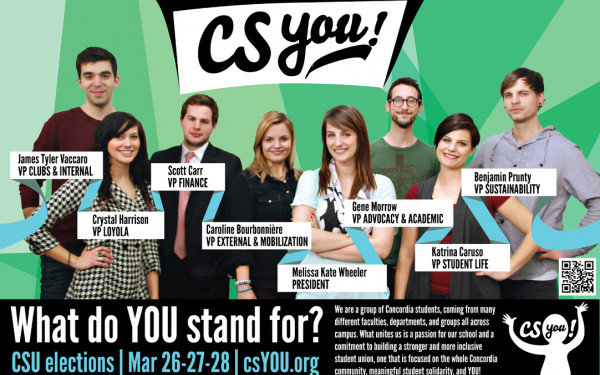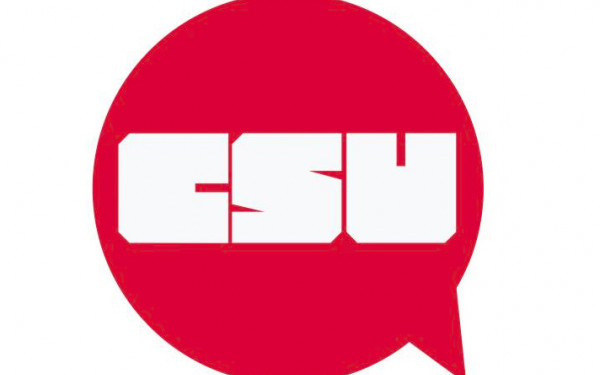Student Centre Reborn
Student Union Opens Controversial Project from the Past
Although the Concordia Student Union is staying mum about its plans, the student centre project that was rejected by 72 per cent of students at the March general election seems far from abandoned.
“Students are already paying $2 towards this project, so we decided that we have to tell them what the centre is and why they are paying a fee levy,” said CSU VP External and Projects Adrien Severyns.
Over the past week, a number of posters were put up by the CSU asking students what they would want a student centre to look like. A blog was also created to “Help build the student centre YOU need,” according to the website’s tagline.
“When we started running Fusion as a team, one of our campaign points was the creation of the student centre,” Severyns continued.
The student centre was a legacy passed on to the governing Fusion slate by its ideological precursor, the Vision slate run by former CSU President Amine Dabchy. Under the plan, the centre would contain all student services, including financial aid, clubs and the student union.
A controversial part of the 2010 election, the CSU asked students for an additional $2.50 per credit, on top of the $2 currently collected per credit, to fund the $43 million project.
At a cost of $405 for a 90-credit degree, the student centre would be the most expensive project ever undertaken by Concordia students. While plans called for the centre to be housed inside of an existing building bought by the CSU somewhere within Quartier Concordia, the student union has refused to identify the building.
“It’s a beautiful promise of having everything concentrated in one building, but the CSU is only describing the services found in the Birks Centre and the Hall building,” said Tina Salameh, a computer science student who ran with the opposition Community slate in the 2010 election.
“I think a lot of students think they already have that student space and the building will be redundant.”
Much about the student centre has already been decided.
In May 2009, a 79-page legal agreement was signed between the CSU and the university that set out who would own, control and finance the operations of the building. Under the document, 32 per cent of the building would belong to Concordia’s administration, while students would control the rest.
“The student centre is a project by students, for students,” said Severyns. “The beauty of this project is that students can decide what they want: a student-run café, another bar, more study space, lounge space or a public kitchen.
“By asking students, we are getting them involved in something that will be theirs.”
Despite starting what might seem like an early campaign to get another student centre fee levy to pass in March, Severyns said that the executive didn’t have the kind of power to put fee levies on ballots.
“The CSU isn’t in a referendum period whatsoever,” Severyns said. “The fee levy will be up to council to decide. It doesn’t fall within our jurisdiction, but having studied all the options over the summer I think this is something we will push for.”
Despite the promises, Salameh, like many students last March, could not accept the price tag.
“I would be really glad to have a student centre, but an extra $60 a semester is a lot of money for a building I’ll probably never use,” said Salameh. “I am also concerned that the space we will be paying for will be another advertising opportunity for the university and a space for corporations like Tim Hortons.”
Salameh’s fears may have been confirmed in the past, when the previous CSU speculated about selling the naming rights of the building to a corporation.
Despite the history of the project, Severyns’ saw the student centre as one of the only ways of defending student space at the university.
“Student space is a critical issue at Concordia and the administration has cracked down on student space throughout the years,” said Severyns. “We have seen a reduction in space and it wont get any better unless students take action and create their own space.”
This article originally appeared in Volume 31, Issue 09, published October 12, 2010.

__700_1054_90.jpg)
_600_832_s.png)



_600_375_90_s_c1.jpg)